Written by Tony Medici
[Additional comments by Thom are in italics and brackets, like this]
A Travel Day is one of two days on this trip were we have to leave camp and get to another location by nightfall. Today we will travel from our camp in Xakanaxa by Land Cruiser to reach a public dock, and then travel by boat to arrive sometime in the late afternoon at Xugana Island Lodge. A picnic lunch, which we bring with us, is held on an island deep in the delta in the middle of the boat trip.
The Story about The Tree Hugger
Following up on yesterday afternoon's Thom challenge: the only thing I did was take the picture. I didn’t spot it and I didn’t name it. [One of the things I tell students to do is name a photo in their head as they take it. This gets them away from taking pictures of nouns and taking pictures that communicate something.] The group I was in decided it was our best of the afternoon. [I'll point out that they were still talking about that well into dinner, debating the merits of several images. Which, of course, was my goal.]
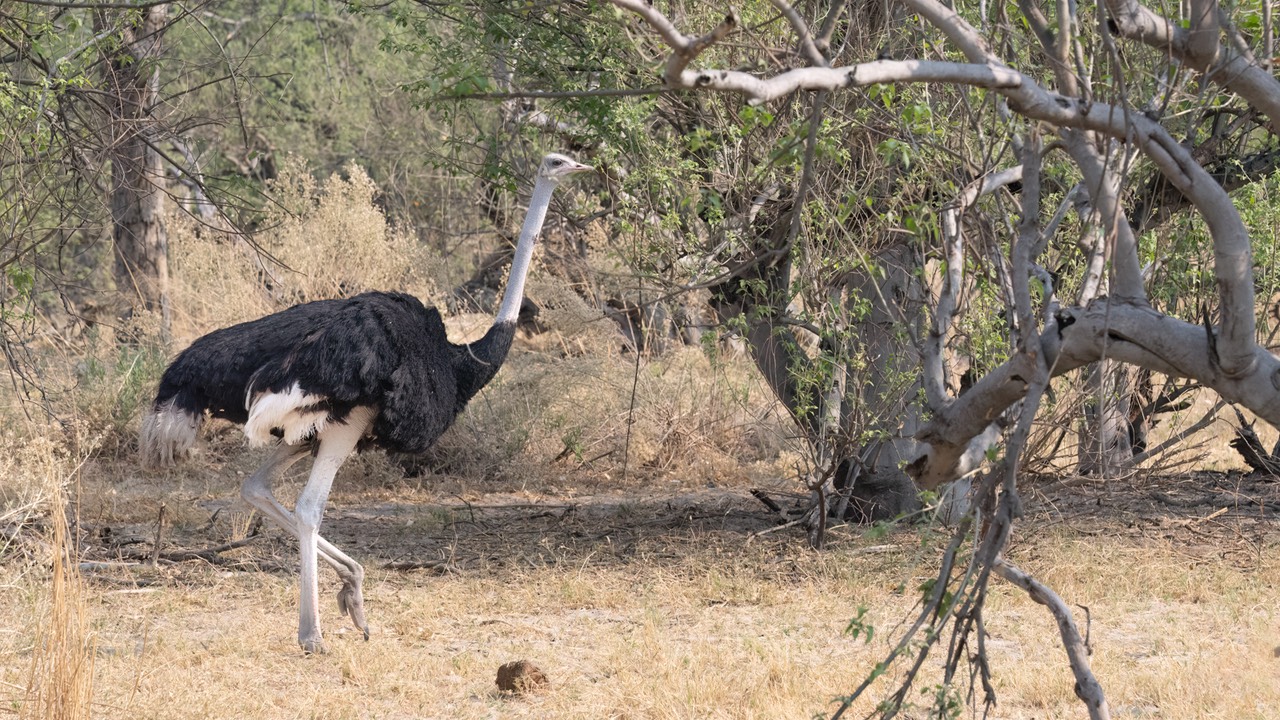
It turns out that both the spotting and the naming were done by our driver/guide Adam Hedges. All he said was “Tree Hugger” I don’t even remember if I saw him point at the elephant but I did see the picture when I looked back up. The camera was instantly up, I adjusted its zoom—this was the 100-400mm—and I took a short burst at 20 fps. Only the first two images got the tree hugger pose (1/10 of a second) and by the time the sequence was done, the elephant was off the the tree. One other person got some shots, but mine were judged to be better. He never showed me what he actually had taken but I suspect it was what I took later in the sequence.
So also following up on yesterday’s post, I wrote the "be prepared to take images" advice because it's the only way to get some kinds of images. Moments in time are very ephemeral. The above image was taken right around sunset and my last checking of my manual exposere was good enough for the image to work.
Yes, my image was the picked image for the afternoon from our vehicle. The other image from our group that was considered was a herd of Cape buffalo. Once again I miss another large herd of Cape Buffalo [That's what happens when you're always looking at the birds ;~]. The image picked by my group was a very nice image of a lot of buffalo. We had luck that our guide spotted both situations and even named the winning picture. But that's one of the reasons why we use veteran guides who've worked with Thom and other photographers before: they start keying into what we want to photograph. [Adam is the founder of Capricorn Safaris and has been leading trips in Botswana for 40 years now. Indeed, he was the lead guide on my original Botswana trip with Galen Rowell back in 1994, and I've used his company ever since for our workshops.]
Traveling to the dock
We started at our normal morning departure time with bags packed for what we needed to sleep two nights at the lodge. That lets the camp crew bring your large bag with them on the mobile camp transfer instead of loading them on the boat and later on the Cessna Caravan we will travel on during our next travel day.
In the early morning it was generally quiet with us seeing a few things.
We saw a Tsessebe on alert. This is the fastest Antelope in Botswana. Despite all the lions around, we never saw one really running, so you'll have to take my word on its speed.
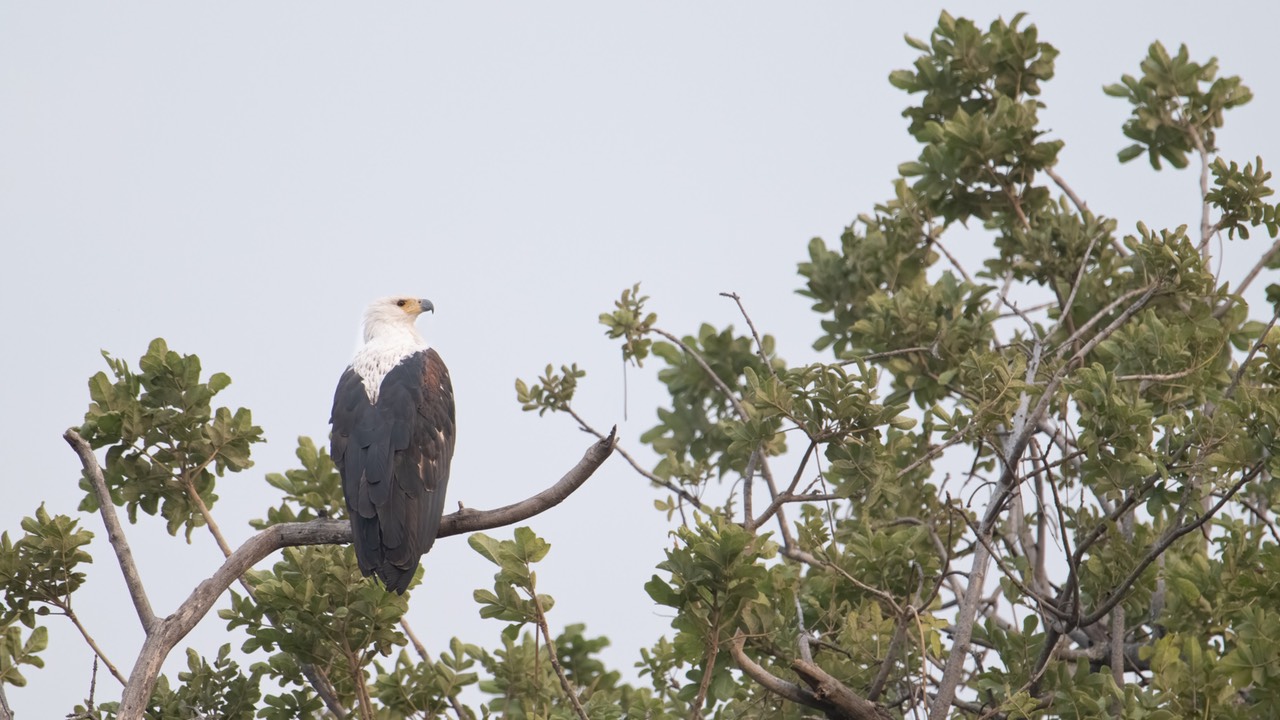
An African Fish Eagle looking for a meal. You hear these birds long before you see them, as their calls are very distinctive.
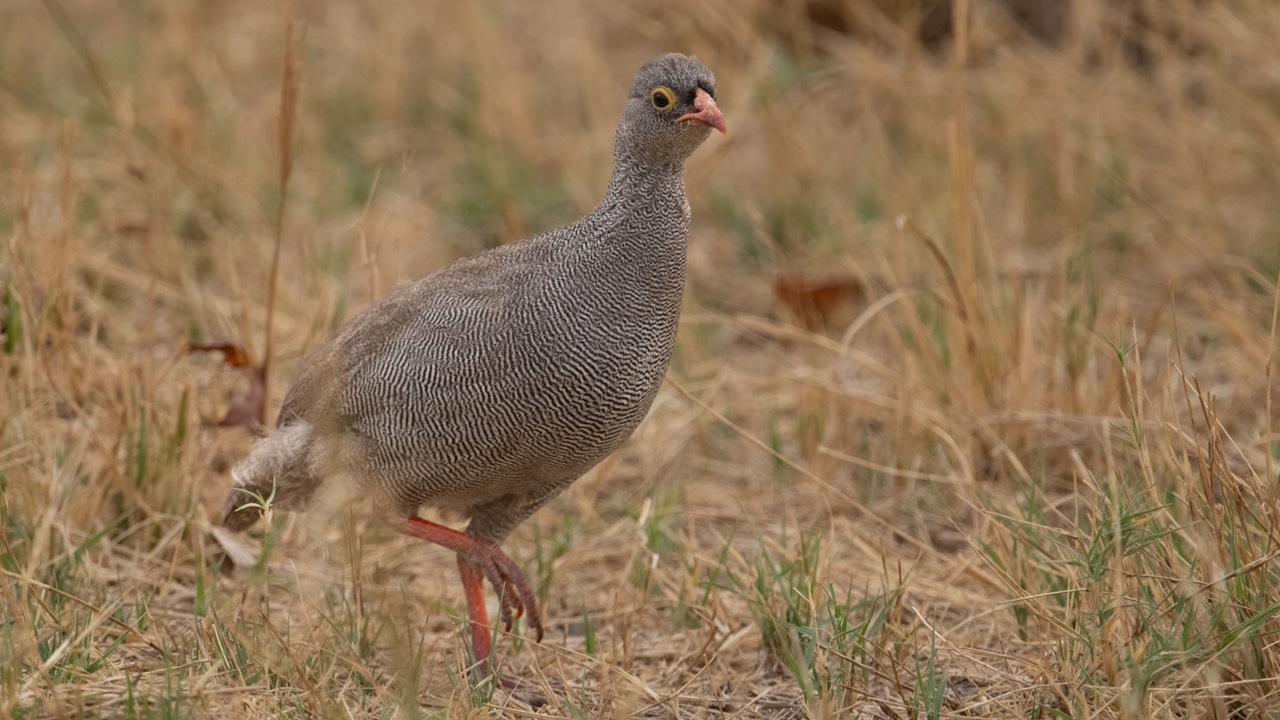
A Red-billed Spurfowl in a nice walking pose. Generally, you want a foot off the ground to imply walking.
A Hamerkop walking in low water. Be sure to get the complete reflection when working around water! These birds build enormous nests.
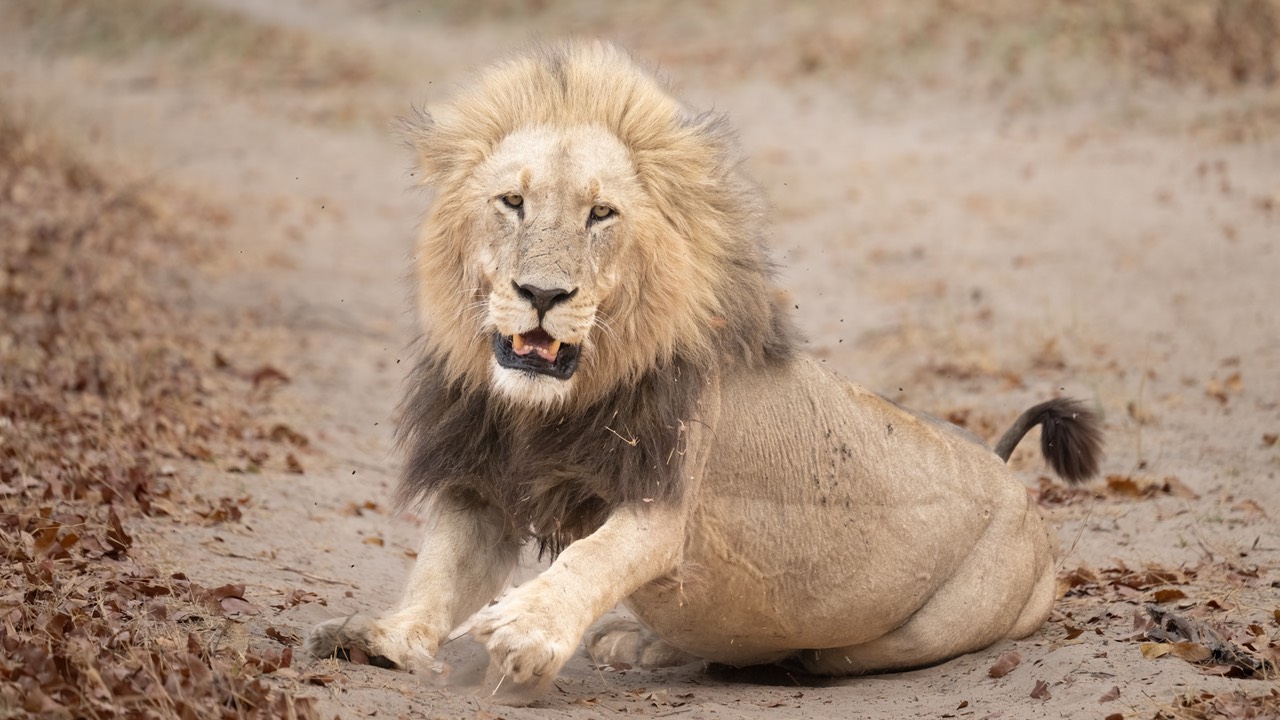
Our first male lion as we found him (middle of road).
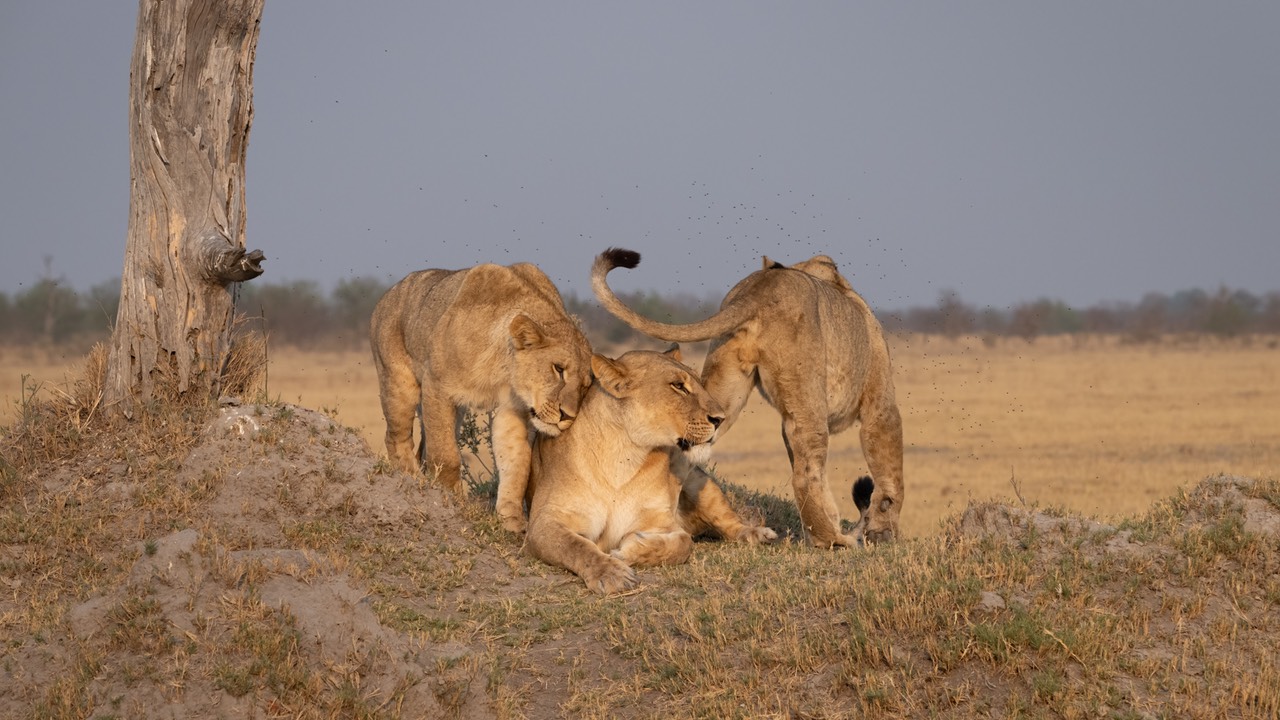
Since we had not seen a male so far on this trip, he had to be another unique sighting. This makes for 22 unique lions seen so far on the trip.
A little after we arrived on scene, Thom and Adam arrived with the other students. That presented some new photo opportunities:
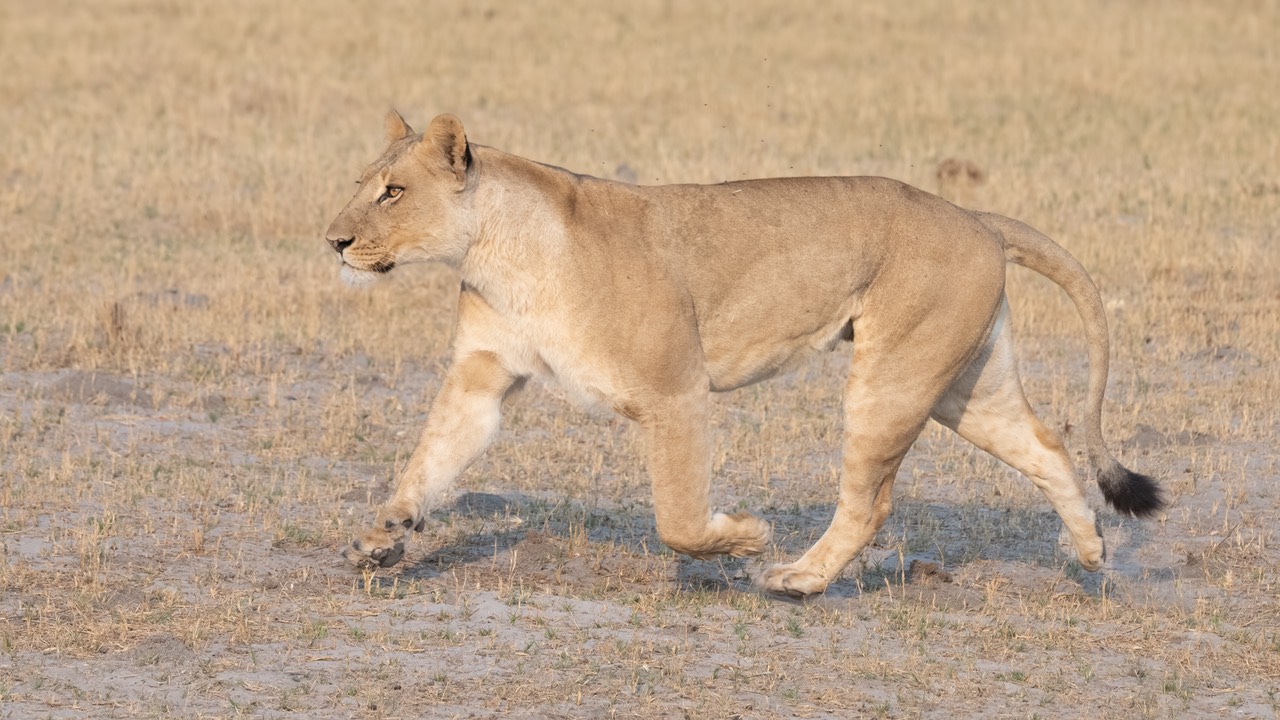
We also saw at least one female, which the guides indicated was a member of one of the four prides we had seen before. This brings our total with three and a half days to 35 lion sightings total, and 22 unique ones.
African Wild Dogs on Day 4
We also heard about a dog pack over the radio from a friendly Lodge guide. It was supposed to be out of our way, so we had to rush down to Second Crossing, where they had previously been spotted. Eventually we found them not far from the dock area we were to use. The pack was at least seven dogs (there probably were a couple of others in deeper bush we didn't see). They were resting, which is typical for the middle of the day, but they provided a few minutes of enjoyment prior to getting on the boat and seeing what the water might bring.
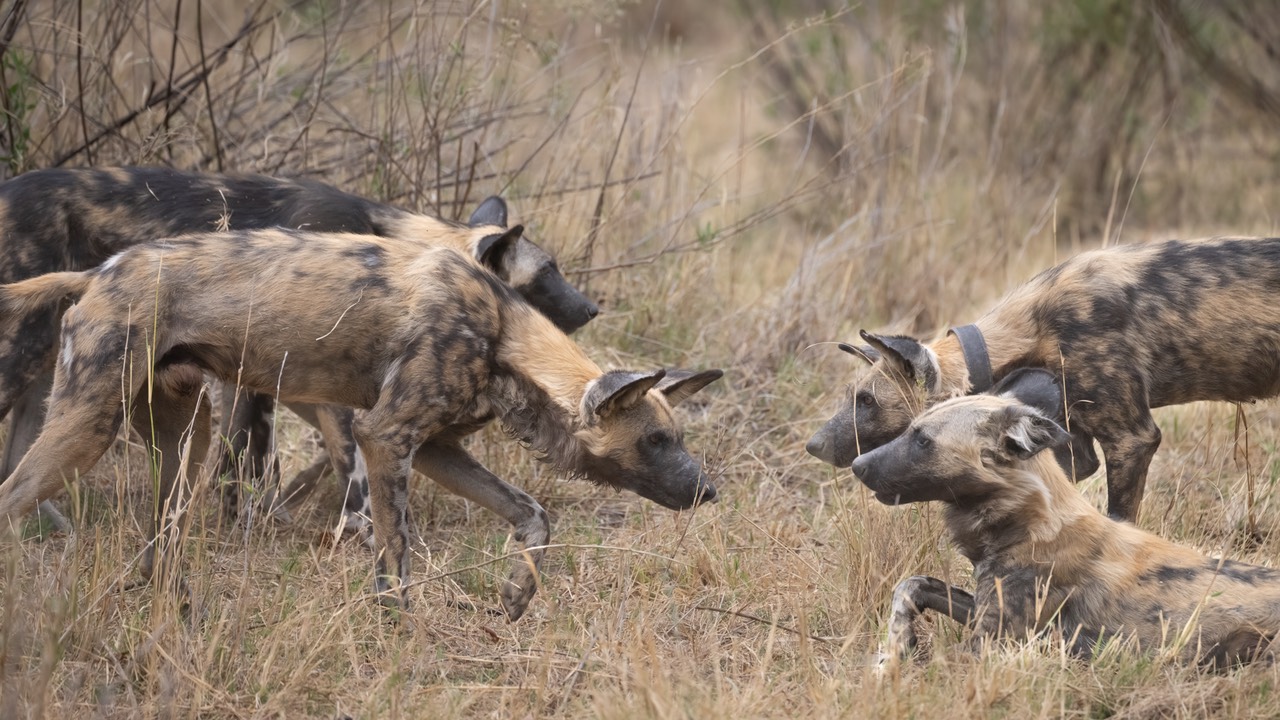
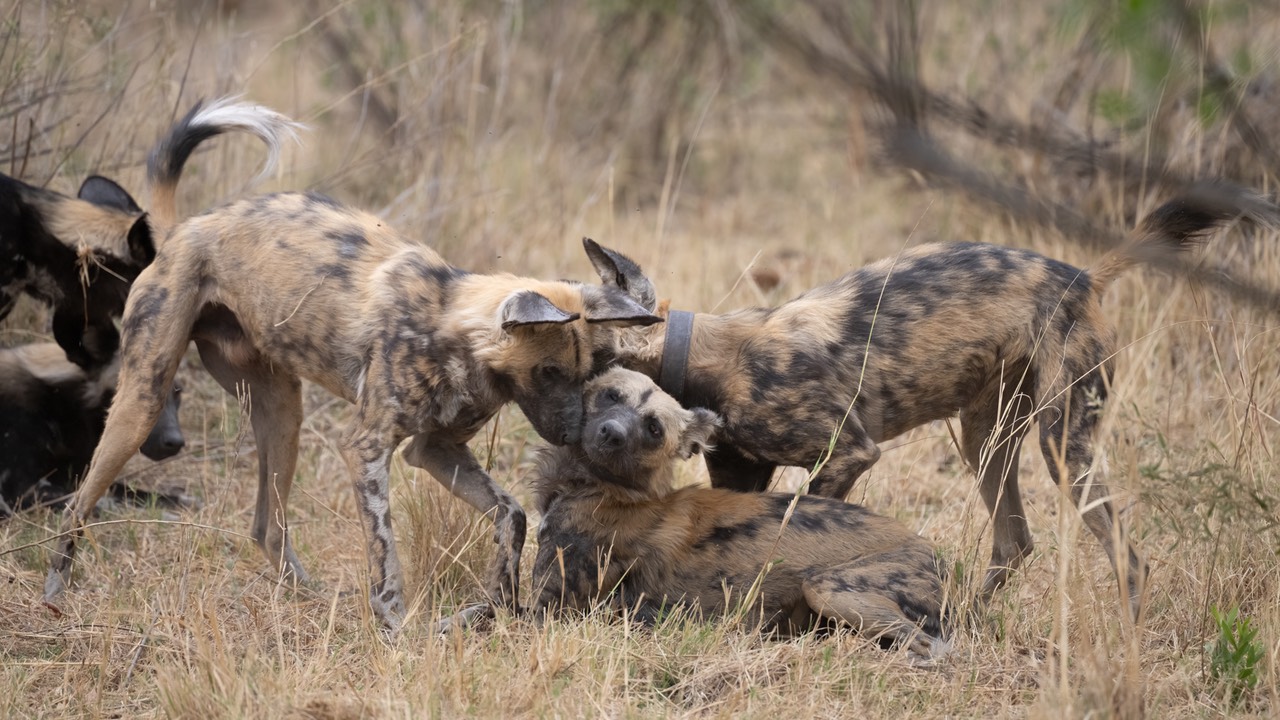
The Boat Ride
It was time to abandon the dirt tracks and load up onto a small flat-bottomed boat. We'll be heading up river through multiple lagoons to our eventual goal, Xugano Lodge.
One thing about finding elephants in the river channel is that you end up close to them. The 100-400mm feels like a very long lens when that happens.
But the primary targets on the river tend to be birds.
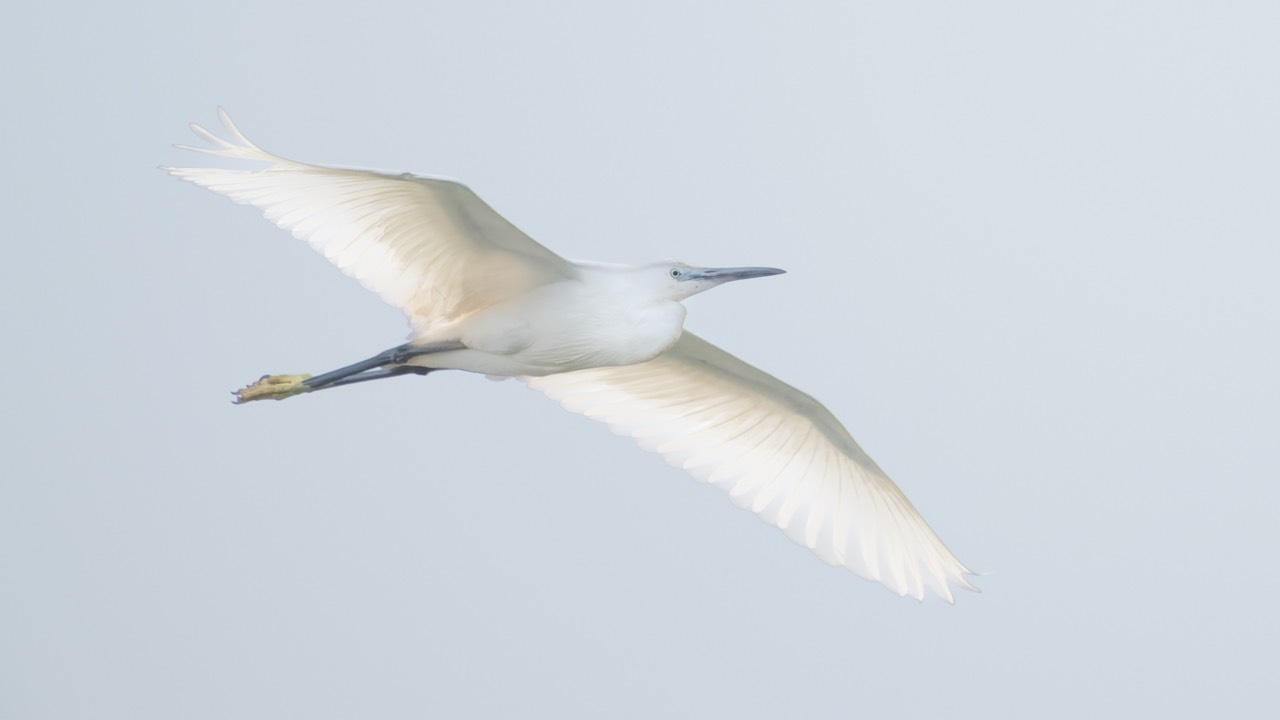
Little Egret
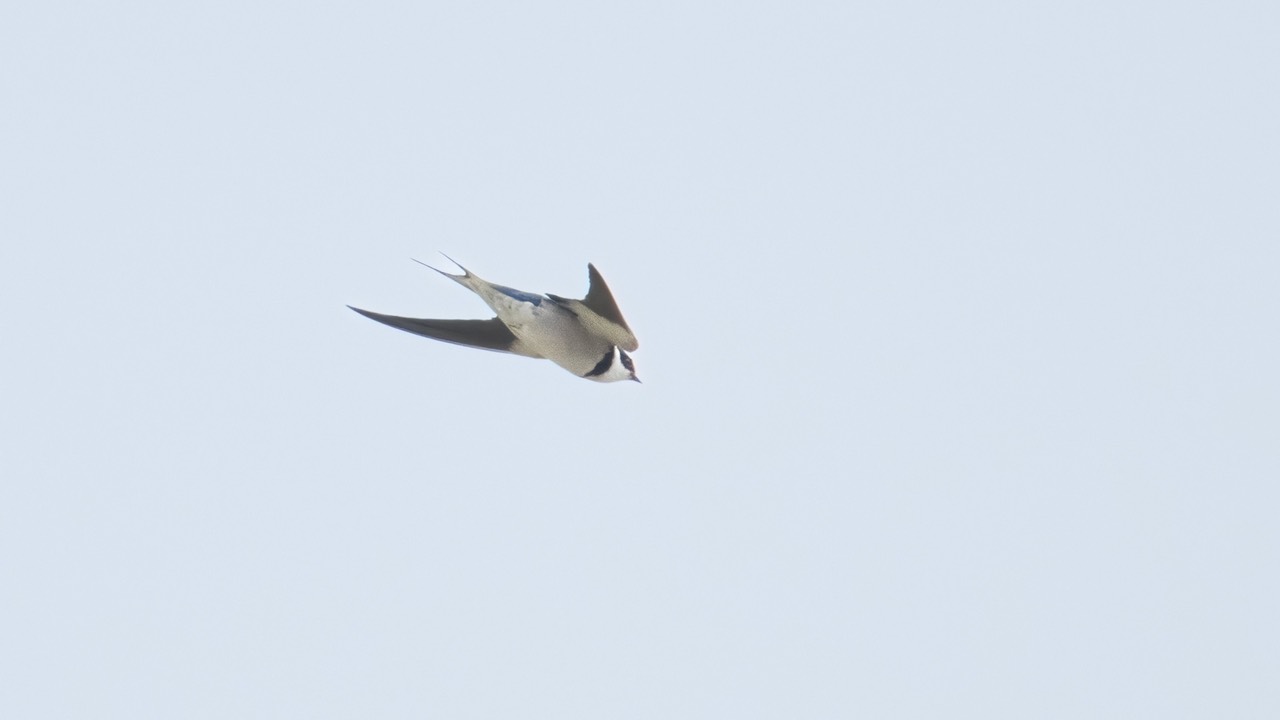
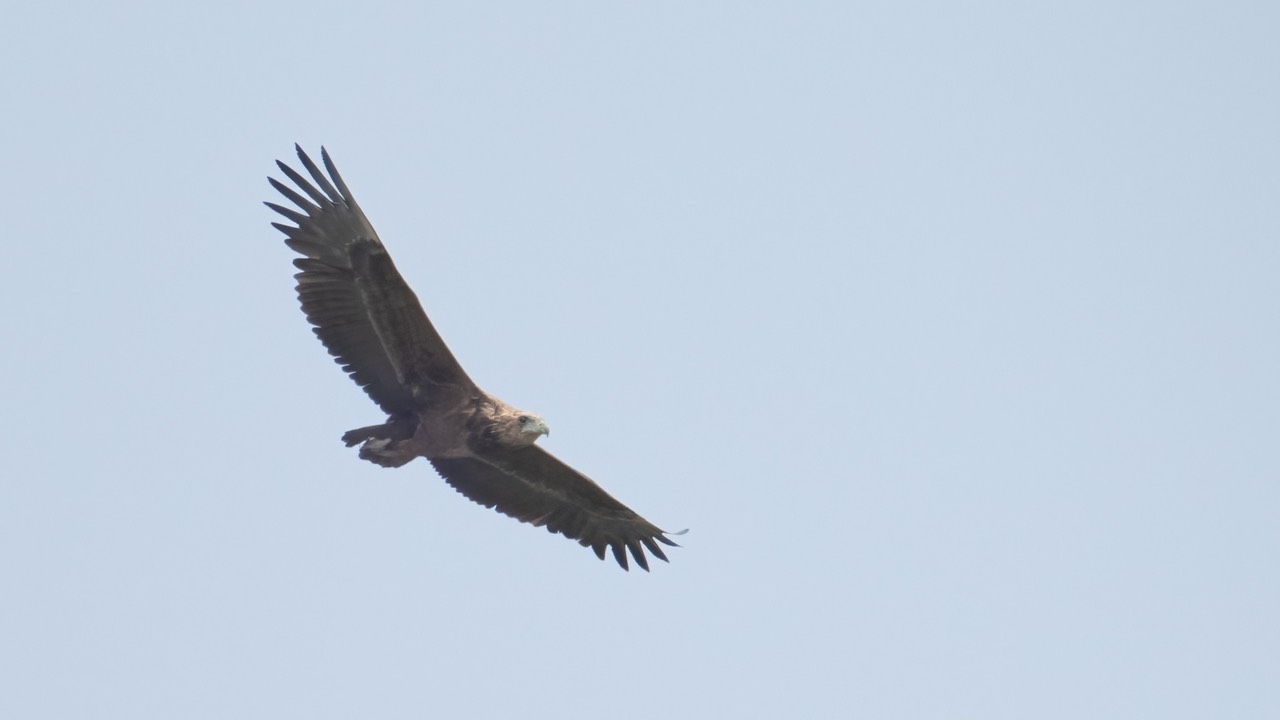
African Darter

Nile Monitor lizard
All the above were all taking while traveling up river to our lunch spot. After our picnic lunch, we continued on, and found an active rookery, where we had plenty of BIF (birds in flight) practice.
Yellowed-billed Stork
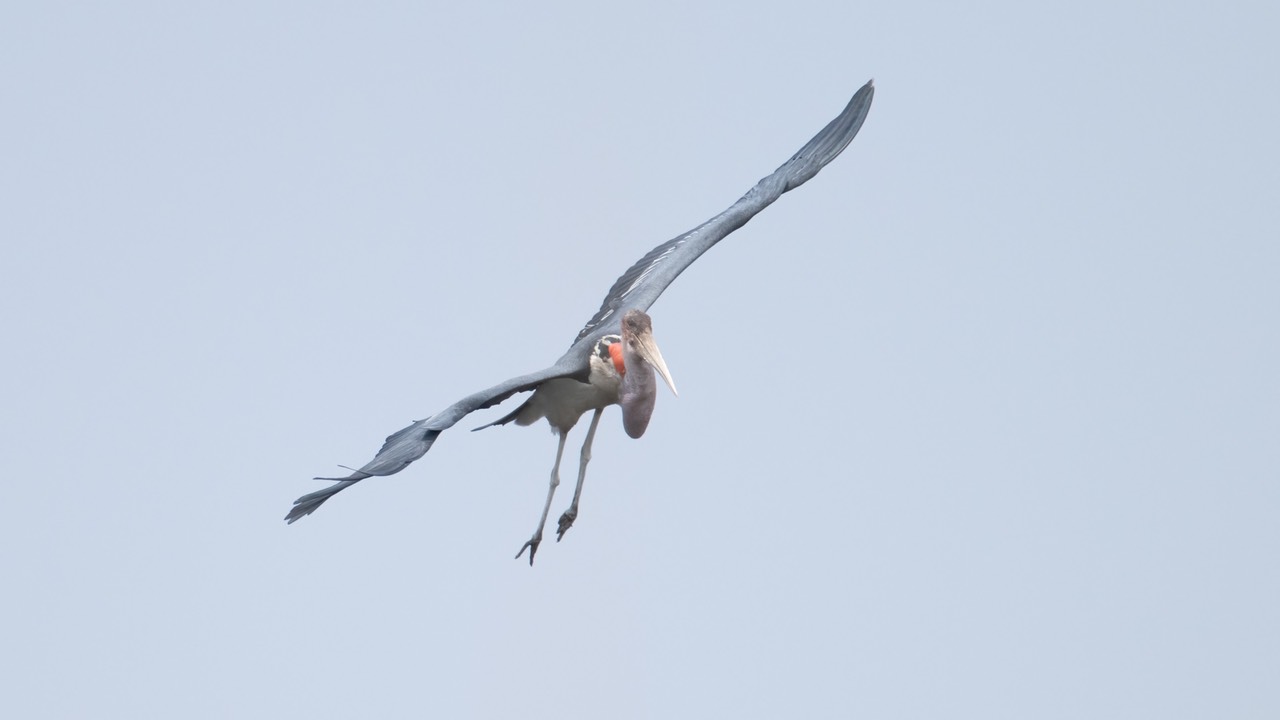
Marabou Stork

Marabou Stork Portrait
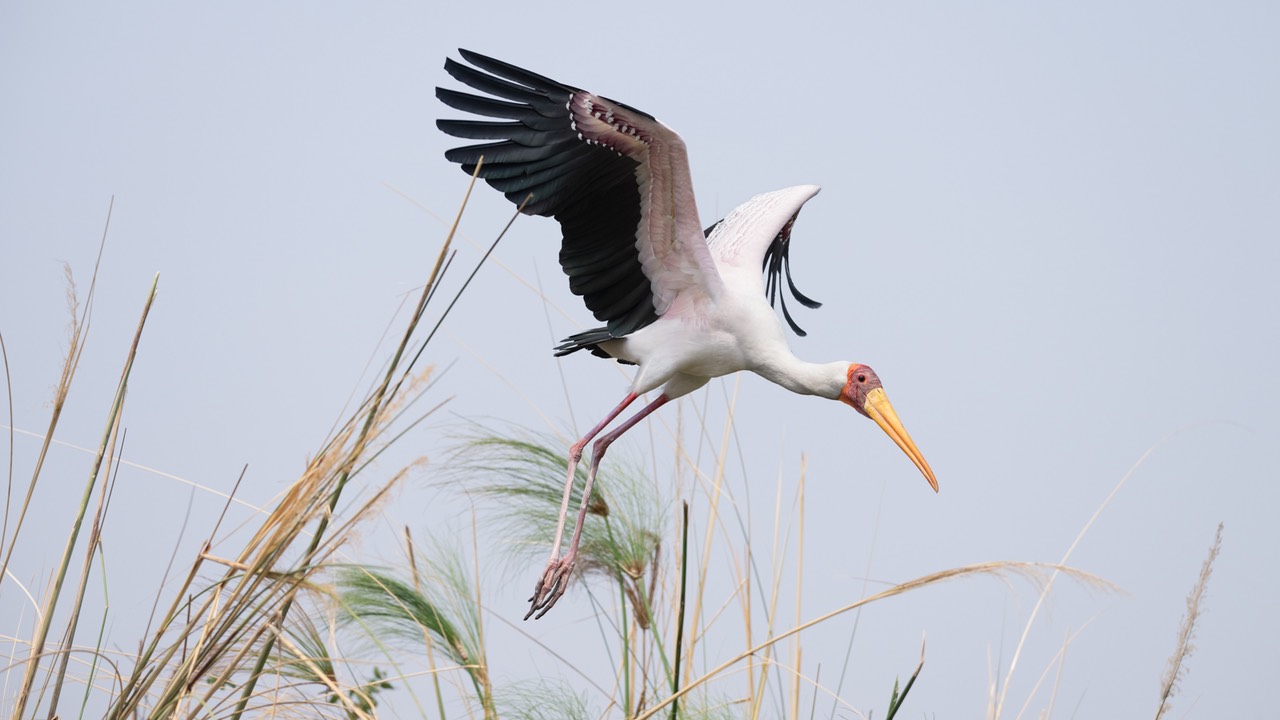
Yellow-Billed Stork
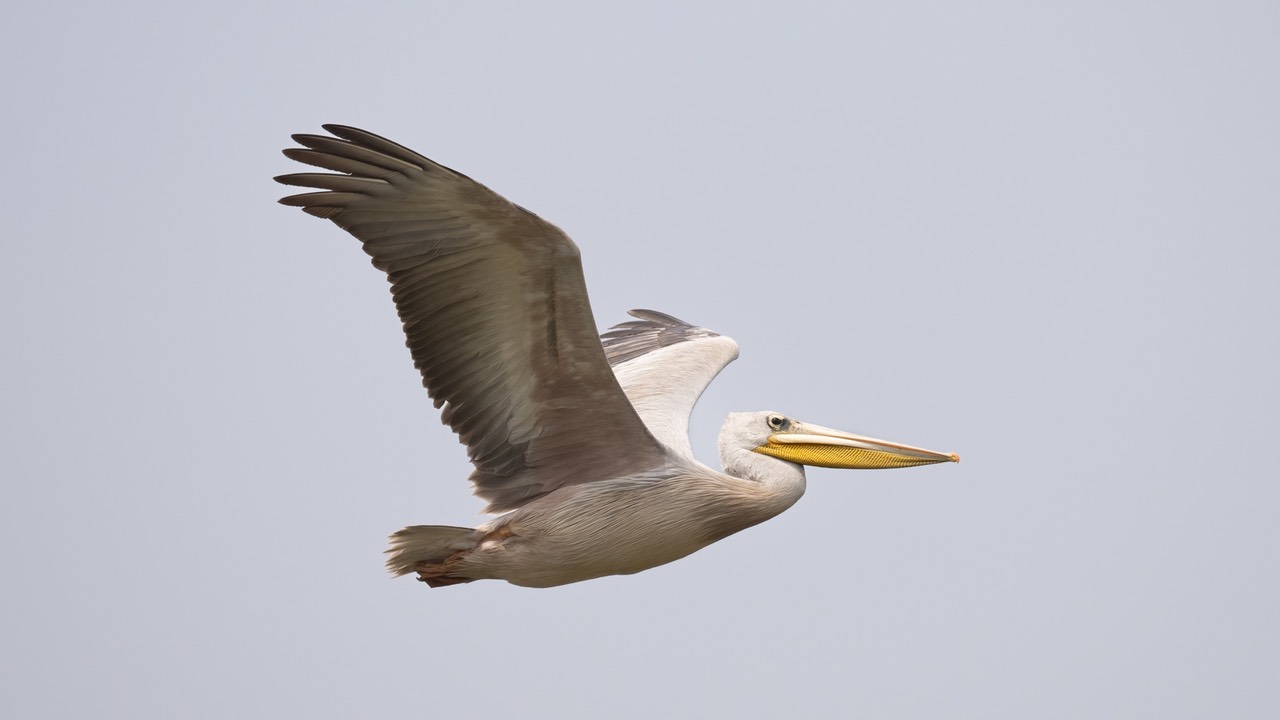
Great White Pelican

African Openbill
The only small disappointment for our boat ride today: we saw no Malokite Kingfishers.
[As often happens on the long boat ride to Xugano, we arrived late, almost at sunset. We try to spend as much time at active sights like the rookery as we can, but that puts a real strain on both our boat driver (who has to get back to Xakanaka while he can still see) and the lodge, as we're already into dinner time by the time we get settled in our rooms and cleaned up.]